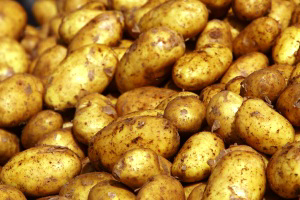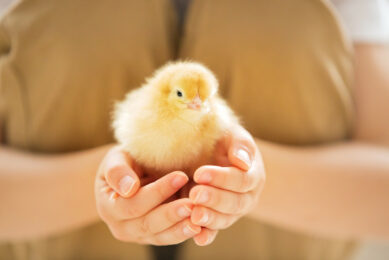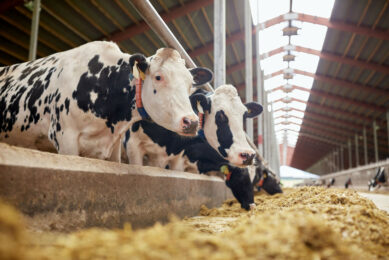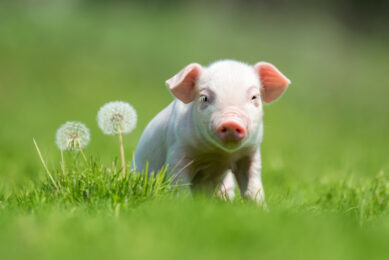Value of potatoes for feed rise as corn prices increase

Based on US $8 (€6) per-bushel corn prices, the value of potatoes for animal feed is roughly US $3.20 (€2,38) per hundredweight, according to a study by University of Idaho Extension economist Joe Guenthner.
Guenthner concluded the feed value of spuds rises 40 cents for every US$1 (€0,74) increase in the price of a bushel of corn. Guenthner acknowledged potato feed prices are well below growers’ production costs. Nonetheless, the feed market has been a welcome channel for growers recently, given the large 2012 crop has depressed fresh prices.
Low quality spuds and potato processing waste have long been used as animal feed. This year, however, Guenthner said many good tubers are being fed to cattle. He anticipates more spuds will be used for feed than in past years with large potato crops because of strong corn prices, inflated by corn ethanol production and drought in the Midwest.
Guenthner said spuds can be substituted for grain feed without sacrificing nutrition, but dairies want to achieve a savings before they’ll use them for feed due to added challenges.
“If the potatoes are available at a reasonable price and right now it looks like US$40 (€29,70)per tonne is a good price for potatoes it’s a good option to feed in the neighbourhood of 10-15 pounds (per head),” said U of I Extension dairy specialist Rick Norell. “It will help dairies reduce feed costs by about 5 cents per head if you take out some of the barley and replace it with potatoes.”
Since potatoes are 80% water, transportation is a limiting factor. It takes a while for cows to adapt to a new feed source. Stones and dirt mixed with spuds can be hard on the teeth of cattle and can reduce their feed intake, Norell said. Furthermore, Norell said chemicals in green or sprouting spuds can make cattle sick. Norell said at least half of cattle rations should be dry matter, and he wouldn’t feed animals more than 25-35 pounds of spuds per day. Norell advises starting cattle with limited spud rations and gradually increasing them.
“Feed cattle producers are doing like the dairy producers, and trying to cheapen their rations and are using some of the potatoes to replace their grain needs,” U of I Extension beef cattle specialist Benton Glaze said.
Related website: University of Idaho












